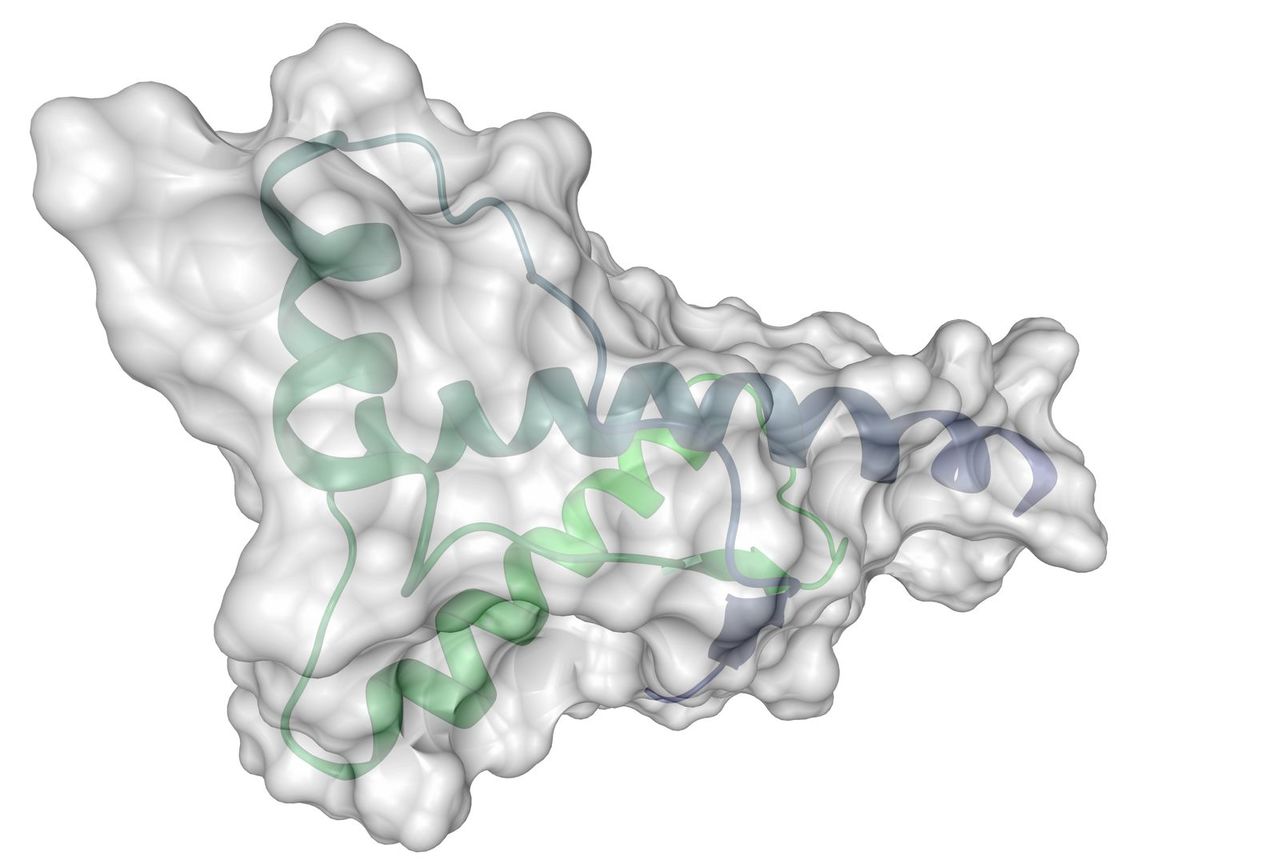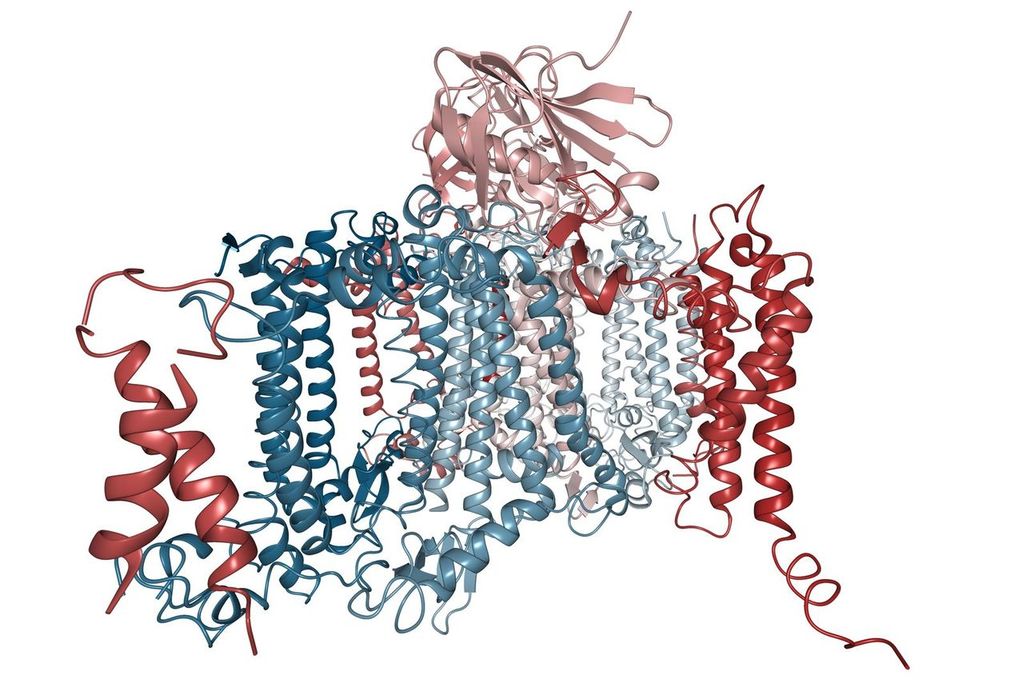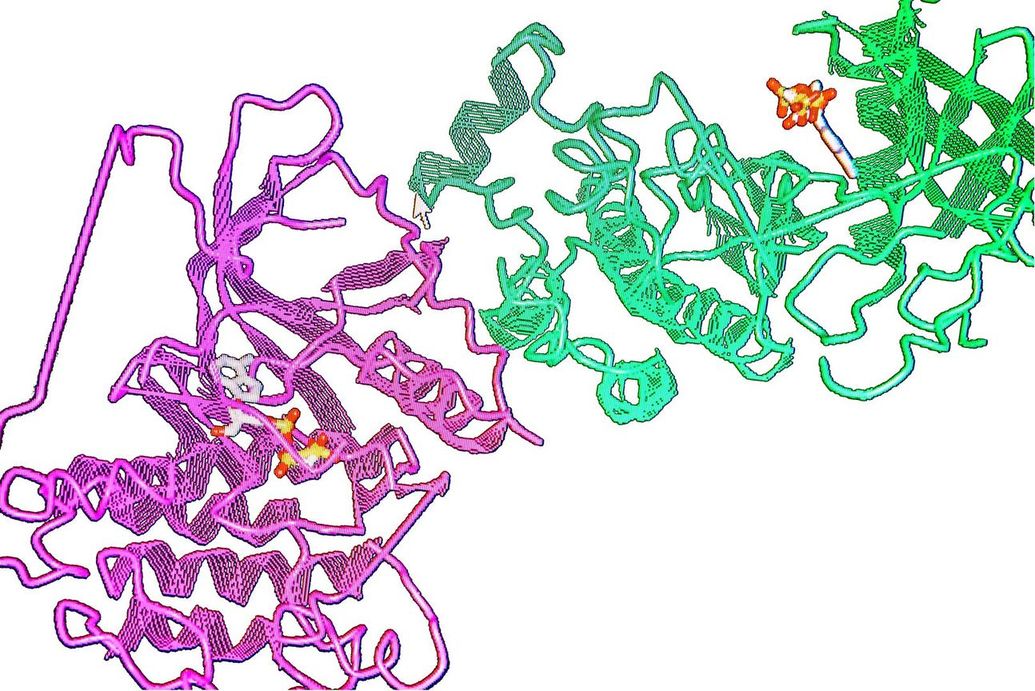Computational Model-assisted Therapeutic Glycoproteins (TGP) Glycosylation Prediction Service
Your Premier Partner in Therapeutic Glycoproteins (TGP) Glycosylation Prediction
Glycosylation plays a key role in biopharmaceutical-related glycoproteins, so the impact of the glycosylation process must be deeply considered in the production of TGP. A key quality attribute of TGP (e.g. monoclonal antibodies, therapeutic replacement enzymes, and fusion proteins) is the specific glycosylation. Therefore, CD BioGlyco provides an accurate TGP glycosylation prediction service using advanced algorithms. Moreover, our lab provides reliable
Computational Glycoengineering-assisted Specific Modeling services.
TGP glycosylation site prediction based on sequence and structure
Modified TGP has complex structural and functional properties that make it difficult to fully explore its modification sites using traditional approaches. CD BioGlyco provides modeling services for predictive analysis of multiple TGP glycosylation sites. The accuracy of the predictive models is improved through continuous parameter optimization and training.
Our specialized computational team provides unique prediction model development services for our clients by combining TGP sequences. Our researchers utilize machine algorithms and molecular signature databases to construct TGP glycosylation prediction models.
Our staff models side-chain and main-chain conformations to assess TGP glycosylation dynamics.

Publication
Technology: Liquid chromatography coupled with electrospray mass spectrometry (LC-ESI-MS), Gaussian graphical modeling
Journal: Nature Communications
Published: 2017
IF: 17.694
Results: In this work, the researchers constructed four cohorts of association networks by Gaussian graphical models. Based on representative known enzymatic reactions in the glycosylation pathway, the researchers used a rule-based approach to predict new glycosylation reactions. The researchers further analyzed the association of substrate-product ratios of metabolites with glycosyltransferases to confirm the predicted response to protein glycosylation. The results revealed that the glycosyltransferases involved in the prediction reaction were co-localized in the Golgi stacks of two different cell lines.
 Fig.1 Pathway inference using a rule-based method. (Benedetti, et al., 2017)
Fig.1 Pathway inference using a rule-based method. (Benedetti, et al., 2017)
Applications of Computational Model-assisted TGP Glycosylation Prediction
- TGP glycosylation prediction can be used to produce biotherapeutic glycoproteins in the biopharmaceutical industry.
- TGP glycosylation prediction can be used to parse protein folding and update.
- TGP glycosylation prediction provides a new pathway for binary recognition of glycoproteins.
Advantages of Us
- CD BioGlyco provides customized predictive modeling services based on the client's protein sequence.
- Our highly qualified and motivated team responds to all the needs of our clients in TGP glycosylation.
- CD BioGlyco has state-of-the-art algorithms and an ever-improving team to ensure high-quality project delivery.
Frequently Asked Questions
- How to classify a mathematical model of TGP glycosylation?
- Based on the structure and solution strategy, mathematical models of TGP glycosylation can be classified into three categories: kinetic, flux-based, and statistical models. Kinetic models are suitable for describing the effects of bioprocess conditions on TGP glycosylation.
- What are the individual glycosylation motifs that affect the safety, pharmacokinetics, and pharmacodynamics of TGP?
- Individual glycosylation motifs that affect TGP include the presence of high-mannose glycans, the presence of α-1,3 galactose, the absence of core fucose, the high level of β-1,4 galactosylation, and high-level of α-2,6 sialylation.
CD BioGlyco uses reliable algorithms and large data features to provide high-quality modeling services to our clients. We are committed to being your best partner in TGP projects. Please feel free to contact us.
Reference
- Benedetti, E.; et al. Network inference from glycoproteomics data reveals new reactions in the IgG glycosylation pathway. Nature Communications. 2017, 8(1): 1483.
For research use only. Not intended for any diagnostic use.
Quick Links
Related Services



 Fig.1 Pathway inference using a rule-based method. (Benedetti, et al., 2017)
Fig.1 Pathway inference using a rule-based method. (Benedetti, et al., 2017)


